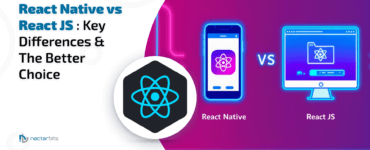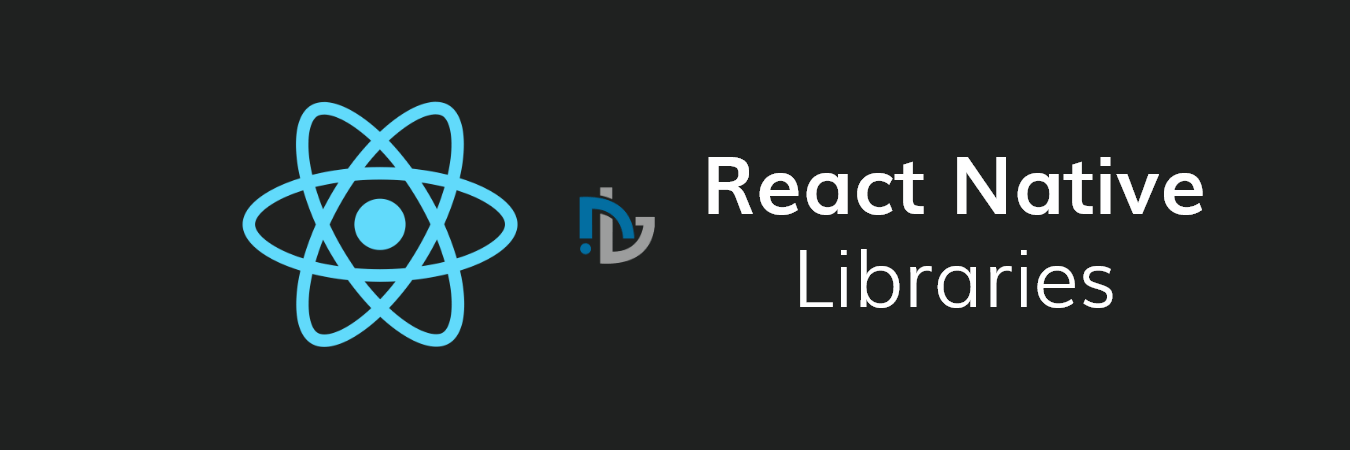ReactJS is one of the most popular open-source JavaScript libraries, developed by Facebook in 2011 to empower developers around the world to create high-performing attractive, and dynamic user interfaces for both mobile and web applications. It is a strong contender for web and app developers aiming to produce quality app products. Many successful companies, including Facebook, Shopify, Coinbase, Tesla, Pinterest, and Uber Eats, use ReactJS for their apps.
While it is an incredibly powerful developmental framework, hiring the right talent to utilize its benefits requires a keen understanding of what makes a React JS developer proficient. The guide below provides you with critical factors you should consider before hiring a ReactJS developer for your business and ensures you find the perfect fit for your next project.
Advantages of Using ReactJS for Development
ReactJS boasts unique features that significantly speed up front-end development, making it an attractive choice for developers. Here are some of the key advantages:
- One-way data flow: ReactJS has a unidirectional data flow, making it impossible to edit any component directly. Developers pass a state to the view and child components, with actions initiated from the view to update the state.
- JavaScript XML (JSX): JSX allows the inclusion of HTML-like syntax in ReactJS, simplifying the control of an app’s user interface.
- Virtual DOM: ReactJS’ Virtual DOM is a JavaScript object that functions as a copy of the physical DOM. It only updates the affected area of the page, saving time by not redrawing all components.
- Fast performance: ReactJS delivers fast performance by updating only necessary properties, providing a faster user experience compared to competing frameworks like AngularJS and jQuery.
- Optimal SEO results: Since ReactJS is hosted on a server and functions like any other website with HTML/CSS/JavaScript, no additional SEO hacks are needed.
What to Look for When Hiring a ReactJS Developer?
When hiring a ReactJS developer, it’s crucial to ensure they have the right knowledge and experience in the following areas:
Comprehensive Understanding of JavaScript
- JavaScript syntax, features, and operations: Developers must understand these to work effectively with ReactJS.
- Data-driven design: Understanding and implementing data-driven design concepts is essential.
- UI design basics: While developers often excel in coding, a basic understanding of UI design is beneficial.
- DOM manipulation, hoisting, functions, and bubbling: These are fundamental concepts that a ReactJS developer should grasp.
Quality Testing on Their Code
- Testing frameworks: Knowledge of tools like Jest, Mocha, Chai, Jasmine, and Enzyme for unit testing is essential.
- Integration and end-to-end testing: Familiarity with tools like Karma, Selenium WebDriver, Cypress, and Puppeteer is important for thorough testing.
Version Control Systems (VCS)
- VCS tools: Proficiency in tools like SVN, TFS, and Git is crucial for managing code changes and collaborating with other developers.
- Source control: Understanding centralized (SVN, TFS) and distributed (Git) source control systems helps maintain code integrity.
Related ReactJS Development Technologies
- Webpack and Babel: Knowledge of these tools is necessary for transforming JSX code and ES6 syntax.
- ReactRouter and Redux: Familiarity with these open-source tools aids in building complex apps.
- Backend technologies: Experience with technologies like Ruby on Rails or Django is a plus, enhancing the developer’s ability to integrate front-end and back-end technologies effectively.
Creative Problem-Solving Skills
Hiring a React JS developer who goes well beyond the traditional solutions to an issue is ideal for creating creative layouts and functionality that can provide your business and its digital storefronts the unique edge everyone craves today to stand out from the sea of competitors. Here are some ways your business can better asses these traits in a potential ReactJS candidate:-
- Coding Competitions:- One of the best ways to analyze candidates is by hosting coding competitions or hackathons at universities or public events to better analyze talent and their ability to work under pressure and expand their problem-solving creatively.
- Technical Challenges:- The recruitment process should present candidates for hire with real-world problems to judge how they use their skills to face such tricky projects and better evaluate their thought process alongside their skills.
- Portfolio Review:- The previous work done by the candidate alongside innovative solutions they may have implemented before to solve unique problems in the past is a great way to accurately judge their creative skills.
Conclusion: Final Thoughts
ReactJS is a premier developmental framework, leveraging its full potential to provide unmatched performance and flexibility for the developer to create designs and functionality as required by their clients. But harnessing its skills depends entirely on the skills of your ReactJS developer.
Comprehensive experience with JavaScript and mastery of tools that enhance the development process is key to a great ReactJS developer. By considering these factors, you can ensure that you hire a ReactJS developer who can deliver high-quality, efficient, and effective web and mobile applications.
FAQs
When you are trying to find the next ideal ReactJS developer to join your team, look for their proficiency in Javascript, JSX, Virtual DOM, and familiarity with React JS libraries. Ensure that they are properly skilled in each aspect of ReactJS development and framework, and showcase a creative problem-solving mindset towards unique issues.
You can assess such skills by presenting real-world challenges during their technical testing and engaging them in coding competitors or hackathons to check out their real proficiency in the subject. You can also analyze them based on their past projects and portfolios.
Testing is crucial to understand their performance under pressure and the stability of the applications they develop. The right ReactJS developer should be familiar with multiple frameworks while also smart enough to understand which framework and functionality to use to create the best application with the least bugs and errors throughout its development process.
Ensuring a good fit is always a tricky subject as it is prone to a lot of unquantifiable factors, but assessing the candidate’s communication skills, experience with collaborative tools like Slack, Teams, etc., and their ethics towards team dynamics can be a good start towards ensuring that they align with your company’s culture and values.
Experience with related technologies is important to ensure that the developer can integrate vital tools and frameworks with each other to utilize ReactJS to its full potential and build comprehensive and scalable applications with their unique understanding of different tech stack counterparts for maximum efficiency.








